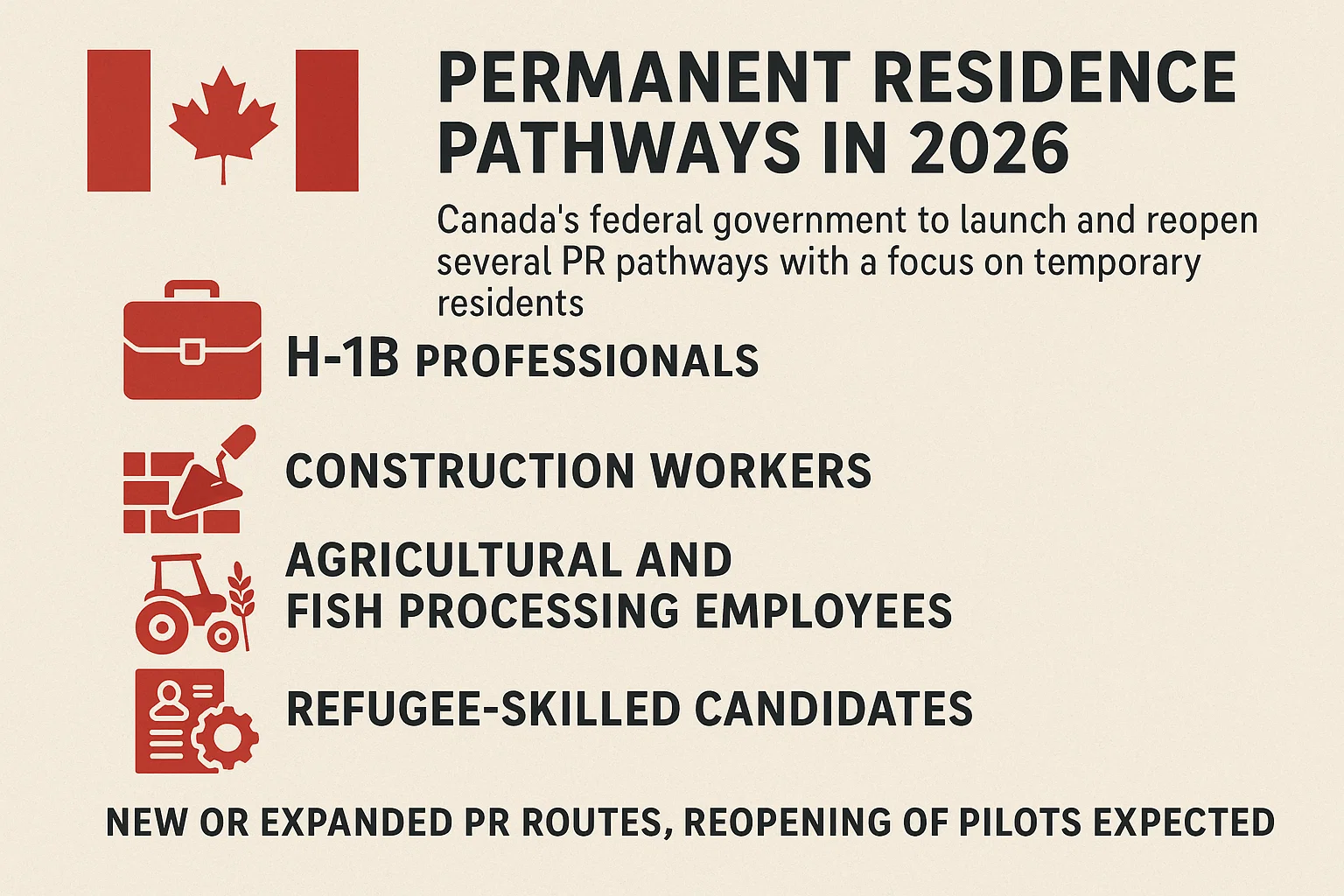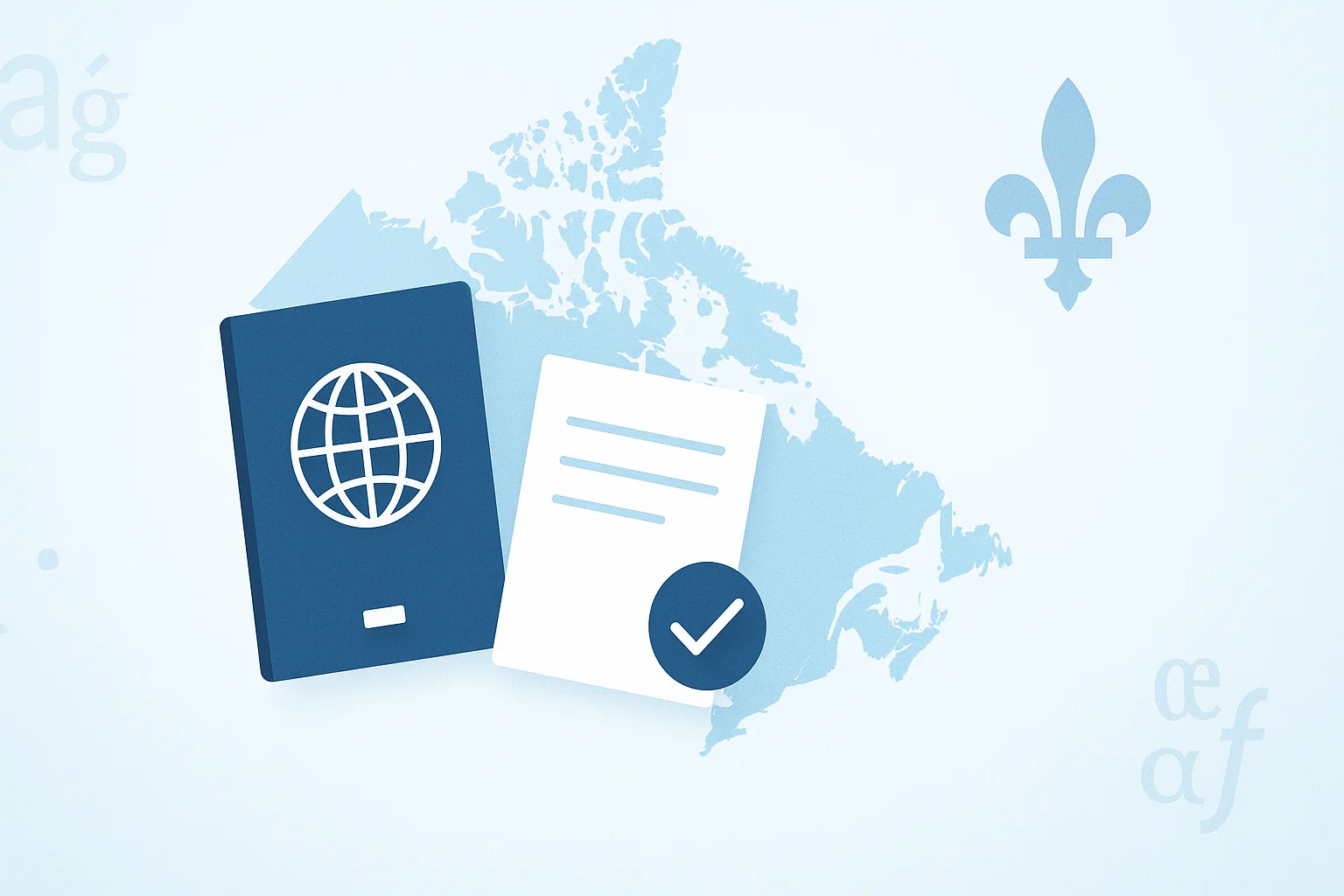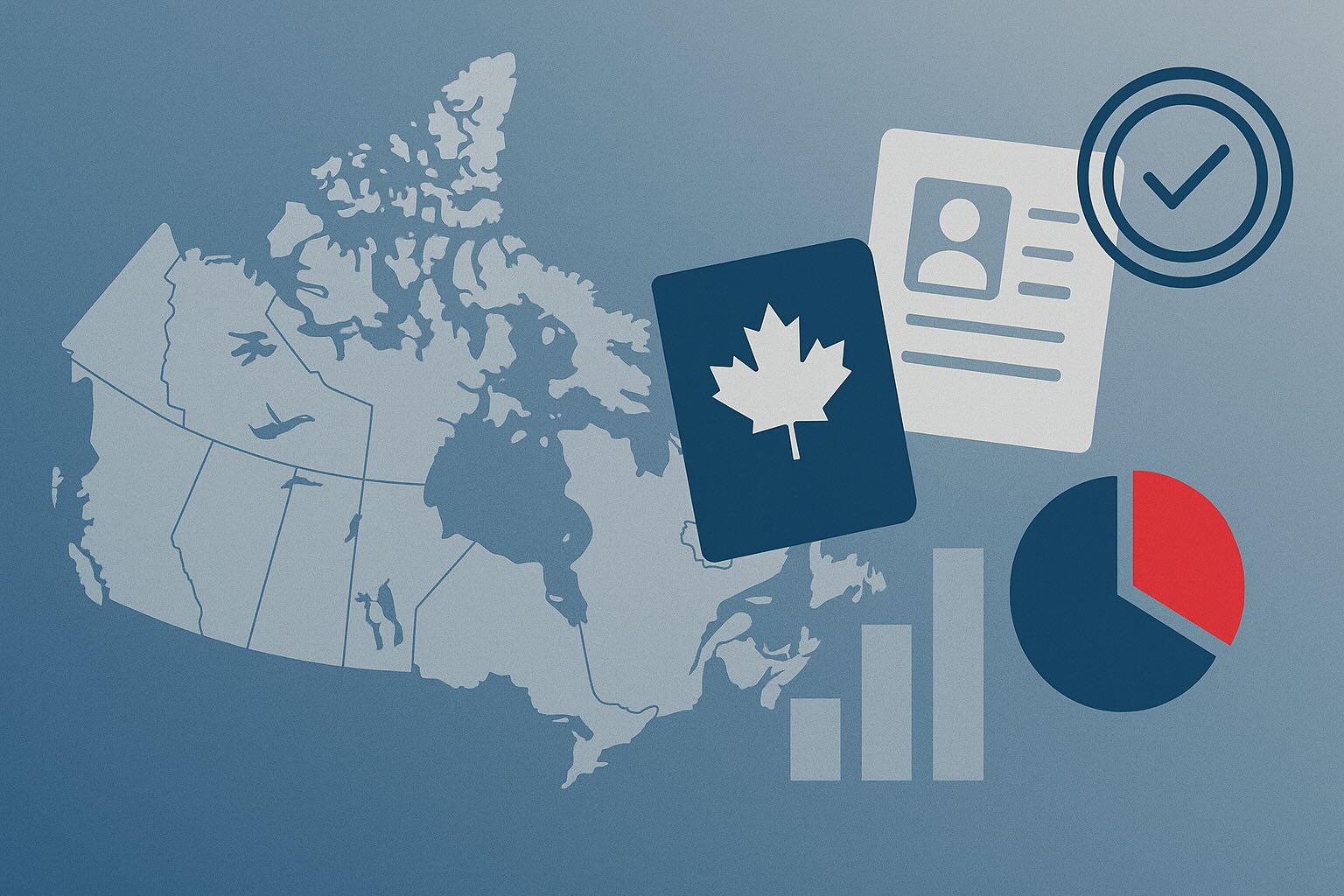
Significant Increase in 2026 Provincial Targets
In November 2025, Immigration, Refugees and Citizenship Canada (IRCC) announced that Canada will aim to admit 91,500 new permanent residents through the PNP in 2026 — up 66% from 2025.
The provisional target for 2027 also rises to 92,000, representing a 67% increase compared to the previous plan.
Two years ago, the federal government cut PNP permanent admission targets by half, which led to reduced provincial allocations. This year’s increase reverses that policy direction, strengthening the role of provinces in shaping Canada’s immigration outcomes.
Impact on Candidates
Because most provincial nominee streams prioritize candidates who work or study in the province, this expanded allocation will especially benefit:
- Temporary residents, including work permit and study permit holders;
- Post-Graduation Work Permit (PGWP) holders, especially international graduates already employed in Canada;
- Candidates with lower Comprehensive Ranking System (CRS) scores or limited French proficiency but strong professional skills.
PGWP holders who receive a nomination and apply for PR may also qualify for a Bridging Open Work Permit (BOWP), allowing them to continue working legally while their PR application is processed.
Who Benefits Most
The following groups are expected to benefit the most from the increase in provincial nominations:
- Candidates whose CRS scores fall below Express Entry draw thresholds;
- Those not eligible under the Canadian Experience Class (CEC);
- Workers in lower-skilled occupations (NOC TEER 4 or 5);
- Applicants under provincial business or entrepreneurship streams;
- Overseas applicants seeking a provincial pathway to Canada;
- International graduates who studied in the province they’re applying from.
How Provincial Allocations Are Determined
It’s important to note that admissions targets are not the same as invitations (ITAs) or nominations.
Each year, IRCC assigns a specific number of PNP nomination allocations to every province. These allocations determine how many candidates provinces can nominate for PR.
Since PR applications often take months to process, actual admissions typically lag behind nominations.
Provinces usually issue more invitations than available allocations to account for application refusals or withdrawals.
Higher allocations mean provinces can conduct more draws, helping to meet local labor market needs.
Review of the 2025 Provincial Cutbacks
In the previous 2025–2027 Immigration Levels Plan, the federal government halved the PNP targets compared to the prior plan:
| Year | Immigration Levels Plan 2025–2027 (published 2024) | Immigration Levels Plan 2024–2026 (published 2023) |
|---|---|---|
| 2025 | 55,000 | 120,000 |
| 2026 | 55,000 | 120,000 |
| 2027 | 55,000 | — |
This reduction forced many provinces to pause or narrow their programs:
- British Columbia suspended three new graduate streams and waitlisted International Post-Graduate applications after September 2024;
- Nova Scotia prioritized healthcare, construction, and social assistance workers with permits expiring in 2025;
- Prince Edward Island focused on healthcare, trades, and childcare occupations;
- New Brunswick paused new Expressions of Interest for its Strategic Initiative stream;
- Saskatchewan restricted overseas recruitment to healthcare, agriculture, and trades sectors, and imposed a 25% nomination cap on transportation, retail, and hospitality.
Since early 2025, most provinces (except Ontario and PEI) have renegotiated higher allocations with the federal government to better address regional workforce shortages.
About the Provincial Nominee Program
Established in 1998, Canada’s PNP was designed to spread immigration’s economic benefits beyond major cities like Toronto and Vancouver.
Today, it is the second-largest immigration pathway for skilled workers after Express Entry.
The PNP has two main streams:
- Base Streams – operate outside Express Entry. Candidates apply directly to a province and, if nominated, then apply to IRCC for PR.
- Enhanced Streams – linked to Express Entry. Provinces select candidates from the federal pool and issue nominations worth 600 CRS points, virtually guaranteeing an ITA.
Both streams require applicants to meet provincial selection criteria and federal admissibility standards.
Conclusion
This sharp increase in PNP allocations marks another strategic shift in Canada’s immigration policy.
With the federal government tightening temporary resident numbers and removing Express Entry’s arranged employment points in 2025, the PNP is becoming an increasingly vital pathway for employers to retain talent and for temporary workers and international students to obtain PR.
For many, the 2026 expansion represents a promising new opportunity to build a long-term future in Canada.









